Natural selection | ||||
The steps of natural selection |  Automatic translation Automatic translation | Updated June 01, 2013 | ||
Natural selection is the process that leads to the appearance of species. | In 1798, Thomas Malthus note that living species tend to have exponential growth, so that resources can grow together. It concludes that a demographic catastrophe is inevitable. | 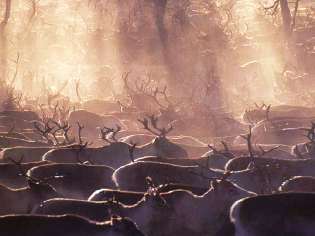 Image: living species tend to have an exponential growth when resources can not grow at the same rate. | ||
A drawback becomes an advantage | ||||
The peppered moth is a moth that occurs in two forms, a light colored morph said typica and the other dark or melanic carbonaria said. | Regarding the black butterflies, the disadvantage of color had become a major advantage in this new environment. Image: the peppered moth (Biston betularia L.) is an insect of the order Lepidoptera, family Geometridae. Here, two butterflies and dark colored. Butterflies are clear easy prey for birds. Credit: David Fox / Oxford Scientific Films and The work of the group of B. Kettlewell. | 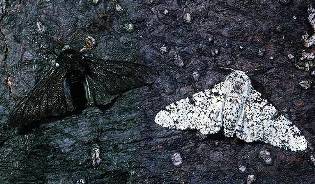 | ||
Between Lamarck and Darwin | ||||
The concept of evolution of species was proposed by Jean-Baptiste Lamarck in 1809. | These theories were taken independently, some fifty years later by the British Charles Darwin and Alfred Russel Wallace. Darwin, during a scientific expedition to South America and the Galapagos Islands, had noticed that some species of the mainland and islands were very similar between them. By comparing species that sketched for the book that made him famous, "On the origin of species through natural selection." He put that in a group of animals belonging to the same species, individuals vary in their anatomical and physiological characteristics. Thus, young people are never completely identical to the parents, nor identical. This "variability native" is different from "acquired variability," in which the medium is gradually transforming the animal until such time that the species is adapted to their new living conditions. | NB: Jean Baptiste Lamarck 1809, publishing philosophy zoologist, he proposed transmutation. He defends the idea of inheritance of acquired characteristics from one generation to another. This is the first evolutionary theory to be formulated. NB: Charles Darwin's 1859 publication of "On the Origin of Species." Darwin proposed a scientific theory of evolution based on the principle of natural selection. It is the first to state the fact that the human race is also the result of a change due to natural selection. He did not believe in saltation. In biology, saltation is a sudden change from one generation to the next, that is large, or very large, in comparison with the usual variation of an organism. | ||
"The data available on this site may be used provided that the source is duly acknowledged."



 Artificial intelligence: the explosion of gigantism
Artificial intelligence: the explosion of gigantism
 When AI models train on their own data, they go mad!
When AI models train on their own data, they go mad!
 Emergence of artificial intelligence: Illusion of intelligence or intelligence?
Emergence of artificial intelligence: Illusion of intelligence or intelligence?
 The horseshoe crab, a living fossil!
The horseshoe crab, a living fossil!
 Biosignatures or presence of life in the Universe
Biosignatures or presence of life in the Universe
 Challenge and threat of Artificial Intelligence
Challenge and threat of Artificial Intelligence
 How do machines understand, interpret and generate language in a similar way to humans?
How do machines understand, interpret and generate language in a similar way to humans?
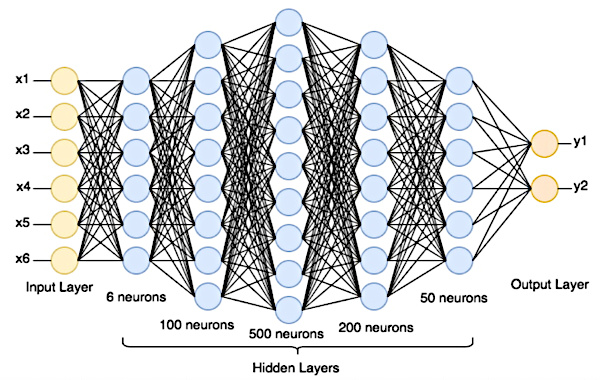 How does an artificial neural network work?
How does an artificial neural network work?
 Origin of life on Earth: Panspermia theory
Origin of life on Earth: Panspermia theory
 Origin of life on Earth: White smoker theory
Origin of life on Earth: White smoker theory
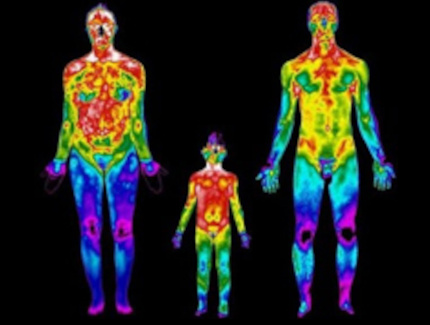 Why 37 degrees Celsius?
Why 37 degrees Celsius?
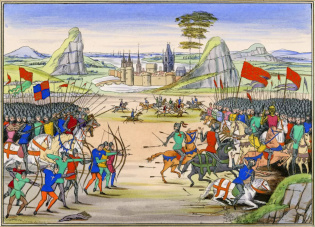 Thermodynamics of the sandpile
Thermodynamics of the sandpile
 Are we alone in the universe?
Are we alone in the universe?
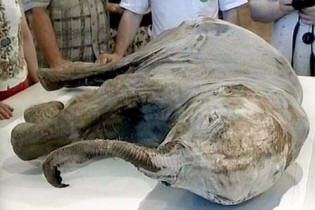 Trace of frozen life in Siberia
Trace of frozen life in Siberia
 Ice cores tell us about our past
Ice cores tell us about our past
 Life evolves in the shelter of glaciations
Life evolves in the shelter of glaciations
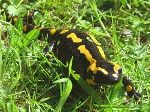 Organ regeneration, the salamander
Organ regeneration, the salamander
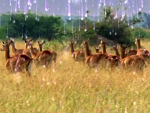 Cosmic rays and the mutation of species
Cosmic rays and the mutation of species
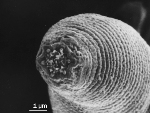 Mephisto, the little worm of the depths
Mephisto, the little worm of the depths
 Discovery of solid buckyballs in space
Discovery of solid buckyballs in space
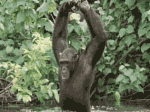 Bipedalism in hominids
Bipedalism in hominids
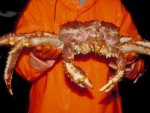 Kamchatka giant crab
Kamchatka giant crab
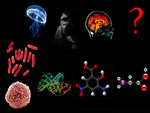 The passage between the inert and the living
The passage between the inert and the living
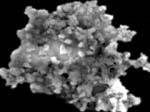 From particles to biochemical life
From particles to biochemical life
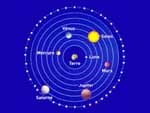 Egocentric vision, the man at the center
Egocentric vision, the man at the center
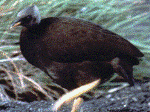 Megapod uses volcanic heat
Megapod uses volcanic heat
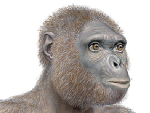 Ardi is 4.4 million years old
Ardi is 4.4 million years old
 Natural selection, the birch moth
Natural selection, the birch moth
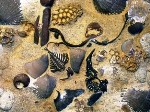 The explosion of life in the Ordovician
The explosion of life in the Ordovician
 Liquid water, an accelerator of chemical reactions
Liquid water, an accelerator of chemical reactions
 Neandertal
Neandertal
 Asimo the future humanoid
Asimo the future humanoid
 Conditions for the appearance of life
Conditions for the appearance of life
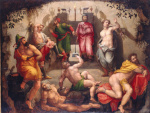 Fermi's paradox or Plato's cave
Fermi's paradox or Plato's cave
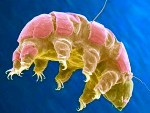 The Tardigrade, the immortal animal
The Tardigrade, the immortal animal
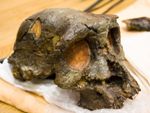 Toumaï, 7 million years old
Toumaï, 7 million years old
 Border between inanimate and living
Border between inanimate and living
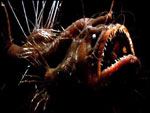 The incredible life of the abyss
The incredible life of the abyss
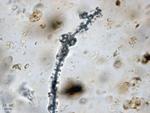 Cyanobacteria create toxic gas
Cyanobacteria create toxic gas
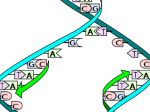 The short history of the evolution of life
The short history of the evolution of life
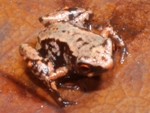 The smallest frog in the world
The smallest frog in the world
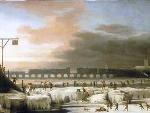 The explanation of the Little Ice Age
The explanation of the Little Ice Age
 Ashen light, the proofs of life
Ashen light, the proofs of life
 Bioluminescence of living organisms
Bioluminescence of living organisms
 Beyond our senses, the great scientific revolutions
Beyond our senses, the great scientific revolutions
 The primitive soup
The primitive soup